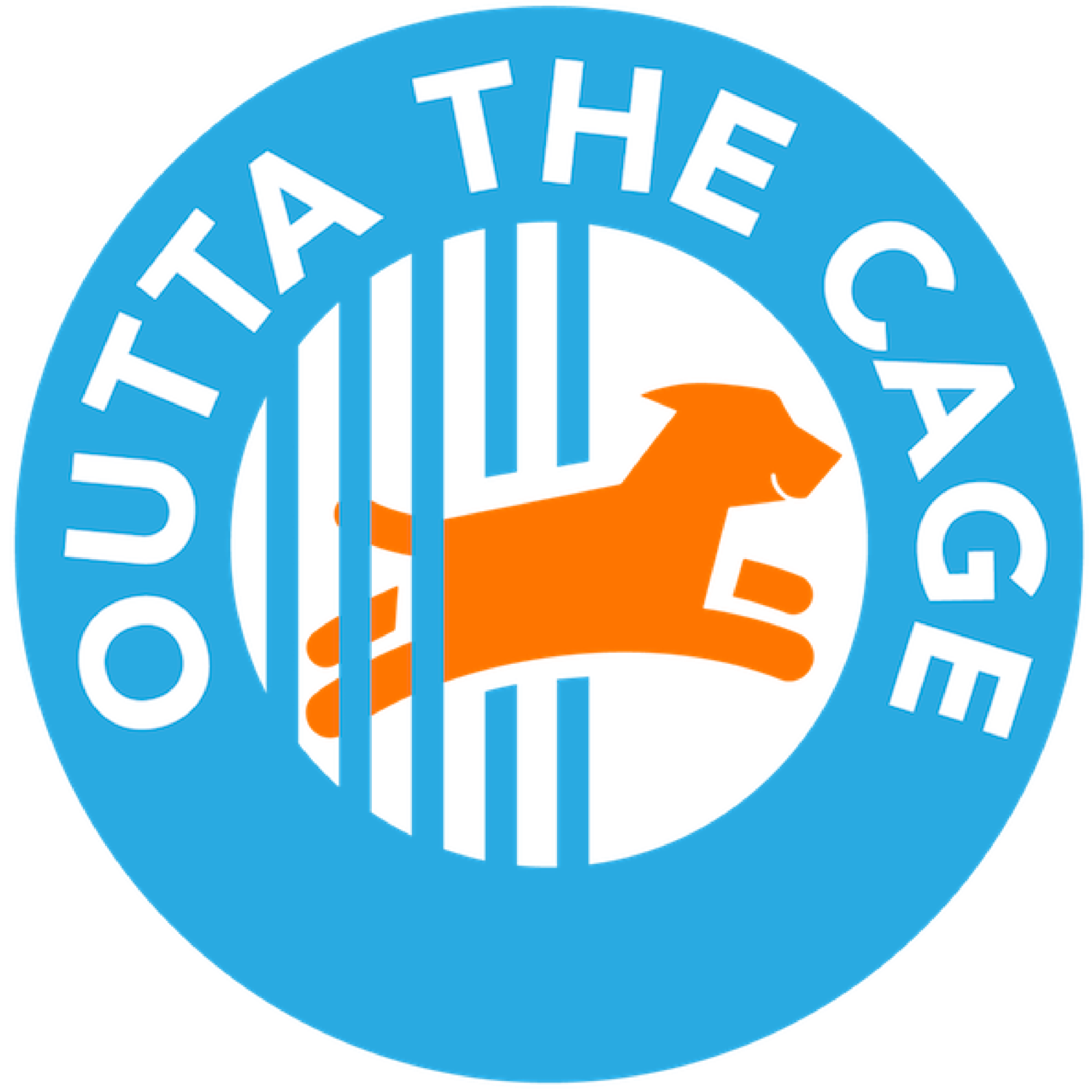Community-based Sheltering in a Post-COVID World: An online ebook

The back cover.
Our call to action.
About the author.
Closing credits.
OUR CALL TO ACTION:
the shelter of the future.
It starts with leadership. Government leaders who oversee shelters need to remember who they work for. They should first seek to understand. They need to cultivate public goodwill and make an effort to communicate to their constituents. They need to overhaul staff compensation and incentive programs to focus on saving animals, not cultivating bureaucracy.
Likewise, shelter managers need to pressure the public boards that govern them to invest in modernizing both infrastructure and technology. These goals will certainly have the support of the public, not to mention the implicit encouragement of the animals they are meant to help.
It will take bold leaders to call for this change—people with the relationships to form a coalition, knowledge of where their systems are broken, an understanding of technology’s promise to automate processes, the skills to negotiate opposing viewpoints toward consensus, and the authority to make lasting changes.
Indeed, the animal welfare movement needs such leaders. What does the shelter of the future look like?
It’s less of an animal warehouse and more of a community center.
It’s less an arm of government and more of a support and education destination.
It’s a happy place where animals are enriched while waiting for homes, and community members are educated and provided with resources that ensure their success.
It’s a partner with other organizations that are focused on population health, eradicating human and companion animal hunger, providing free or low-cost health care services, and reducing the number of homeless pets.
The HASS (Human Animal Support Services) effort, spearheaded by American Pets Alive, is working with shelters to show what success looks like—connected, data-driven, and externally-focused—with the hopes of extending the resulting best practices to the entire system.
This requires vision. It requires leaders comfortable with change. It requires fresh perspectives. It will certainly require funding.
When I think about the potential for the extreme changes discussed in this guide, I don’t think about curbside pickup or digital screens. I think about a dog who sees someone approaching her shelter kennel. Her tail begins to wag and she starts dancing on her front paws, breaking into a happy pant as a leash is produced, knowing that she’s about to exit her kennel.
Where is she going?
The answer is up to us.
About the author.
JILL DYCHÉ is an author, shelter animal advocate, and data geek. She was cofounder of Baseline Consulting, a technology advisory firm that was acquired in 2012. Since then, Jill has balanced a successful career as a strategy consultant with her passion for animal rescue.
Jill is the cofounder and executive director of Outta the Cage, a non-profit focused on giving visibility to at-risk shelter dogs. The all-volunteer team videotapes dogs at shelters, then promotes, rescues, and rehabilitates them, finding them their forever families. Outta the Cage maintains data on all the dogs they help. They then analyze this data to gauge how a dog should be promoted to potential adopters.
In addition to her rescue work, Jill is active in the shelter reform movement. She has written two ebooks on the value of data and technology in animal rescue. She serves on the technology thought leadership team for Best Friends Animal Society and is a member of the Tools and Technology working group for the American Pets Alive Human Animal Support Services initiative.
Jill is a popular blogger and keynote speaker. She is the author of four books on the business value of technology, the latest of which—The New IT—was ranked as one of Inc. Magazine’s 20 Best Business Books Written by Women. She lives in Los Angeles, where she cultivates a vegetable garden and friends with issues. #AdoptDontShop.
Closing credits.
GRAPHIC DESIGN
Thank you to Sheila Dent of Pixel Relish for redesigning and developing all the graphics.
INTERVIEWS
For the Innovator Showcase profiles, thank you to Chris Roy of Doobert and Jessica Schleder of Adoptimize for your insights.
PHOTOS
All photos came from Outta the Cage’s licensed Shutterstock photos and personal collection.
DISTRIBUTION
As Outta the Cage cofounder, Tamara Dull designed, edited, and published the ebook on Outta the Cage’s website.


